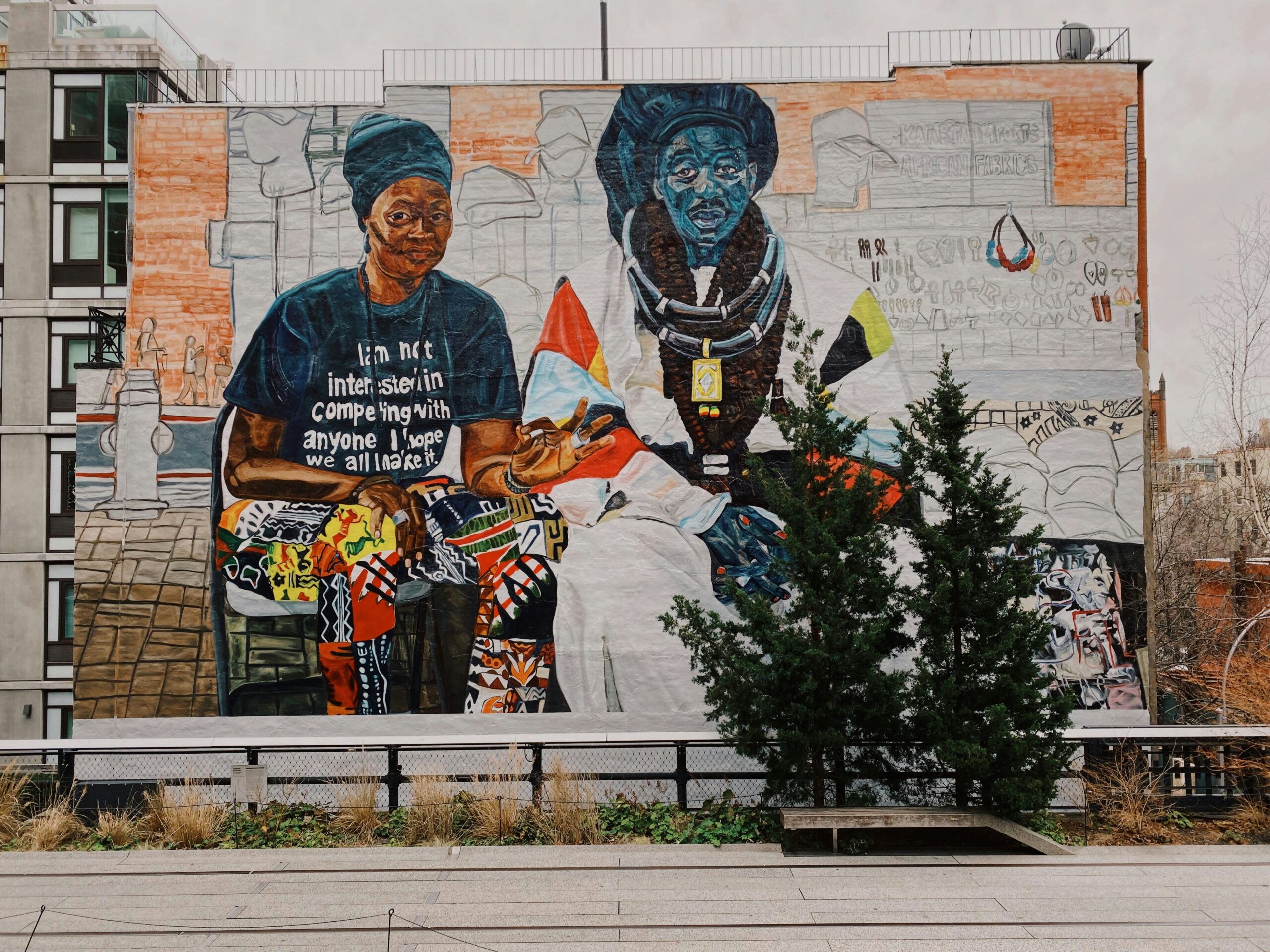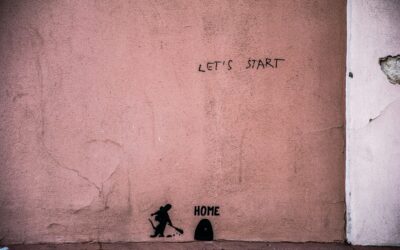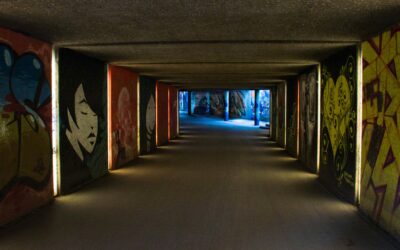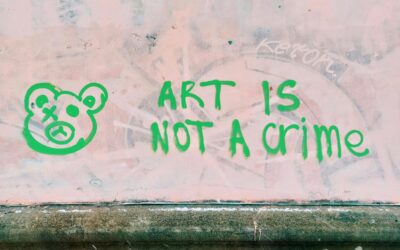Across city walls and alleyways, vibrant murals are transforming public spaces into powerful sites of resistance, remembrance, and community healing. These are not mere decorations—they are declarations. From the favelas of Brazil to the alleyways of Philadelphia, community murals are rising as democratic forms of visual storytelling, offering a canvas to those often left out of mainstream narratives.
This article explores how murals have evolved into tools of protest and identity, how they foster community ownership, and why they matter now more than ever.
Murals: Art for the People, by the People
Murals have long existed as a democratic form of art. Unlike works confined to galleries or private collections, murals are placed in the heart of communities. They are free to view, publicly accessible, and often created with collective input.
In marginalized neighborhoods, murals reclaim space—not just physically but emotionally. They turn neglected walls into testimonies of culture, resilience, and pride.
🎨 What Makes a Mural “Community”?
Collaborative Creation: Murals that involve local residents in design and execution.
Local Themes: Addressing issues relevant to the neighborhood—be it injustice, migration, or history.
Visible Placement: Painted in public spaces, often where visibility carries social significance.
Unlike commissioned commercial art, community murals are rooted in shared purpose.
A Brief History of Murals as Resistance
🇲🇽 Mexico and the Muralist Movement
The modern mural movement is often traced to post-revolutionary Mexico in the early 20th century. Artists like Diego Rivera, David Alfaro Siqueiros, and José Clemente Orozco brought political messages to public walls—depicting workers, peasants, and indigenous people with dignity.
Their works, often government-sponsored yet radically populist, became global models for revolutionary public art.
🇺🇸 The U.S. and the Civil Rights Era
In cities like Chicago, Los Angeles, and Philadelphia, murals emerged in the 1960s and 70s as expressions of Black, Chicano, and working-class identity. These visual statements rejected mainstream invisibility and asserted cultural pride.
Murals like Chicago’s “Wall of Respect” in 1967 honored Black icons at a time when they were largely excluded from public monuments.
Community Murals as Protest
In the 21st century, murals remain potent tools of protest.
🧱 Speaking Truth to Power
When traditional media fails to represent a community’s pain or truth, murals step in. A painted wall can outlast headlines and social media trends.
Examples include:
“Say Their Names” walls honoring victims of state violence.
Anti-war murals protesting foreign invasions or civil conflict.
Environmental murals calling attention to polluted neighborhoods.
Murals don’t ask permission—they claim space. They are hard to ignore and harder to erase.
📍 Site-Specific Messaging
The placement of a mural often amplifies its message. A protest mural on the side of a police station, a school, or a government building carries different weight than one tucked in an alley.
Location is part of the statement.
The Process: How Community Murals Are Created
Community murals are not just painted—they are built through dialogue, planning, and collective effort.
1. Community Engagement
Artists often begin with town halls or small meetings to listen to local stories, concerns, and histories. This ensures authenticity and relevance.
2. Design Collaboration
Instead of imposing a vision, muralists may sketch multiple drafts and invite feedback. This can include schoolchildren, elders, or grassroots groups.
3. Collective Painting
Many murals are painted in public view, with volunteers participating. This shared labor fosters a sense of ownership and pride.
The result isn’t just a beautiful wall—it’s a shared narrative born from community voices.
Examples from Around the World
🇵🇸 Palestine: The Separation Wall
Graffiti and murals on the Israeli West Bank barrier serve as defiance against occupation. International artists, including Banksy, have painted on the wall, turning it into a contested gallery of protest.
🇧🇷 Brazil: Favela Murals
In Rio de Janeiro’s favelas, artists use walls to resist stereotypes of poverty and violence. Murals depict cultural heritage, social struggles, and youth voices—asserting dignity in spaces often ignored.
🇺🇸 Philadelphia: Mural Arts Program
One of the world’s largest public art initiatives, this program has created over 3,000 murals with themes of racial justice, public health, and education. It employs incarcerated individuals, youth, and local leaders—showing how art can be both healing and transformative.
Why Murals Matter More Than Ever
In an age of digital overload and fleeting online activism, murals offer something tangible, enduring, and rooted in place.
💬 Amplifying Silenced Voices
Murals bypass gatekeepers. No editor, gallery, or social media algorithm determines their worth. They represent raw, unfiltered voices.
🧠 Fostering Civic Memory
Unlike temporary protests, murals stay. They commemorate local heroes, lost lives, and victories. They teach future generations about the struggles that shaped their streets.
🤝 Building Solidarity
The process of creating a mural builds trust, unity, and dialogue. It can bridge generational divides and bring together people who may disagree—but still care about their shared space.
The Tensions: Not All Walls Agree
While murals can unite, they can also become battlegrounds.
❌ Vandalism and Erasure
Protest murals are often painted over by city authorities or rival groups. Their impermanence can become part of their message—highlighting the fragility of free expression.
🏢 Commercialization
As murals gain popularity, some cities commodify them—inviting artists to paint “safe” public art for tourism while discouraging political messages. This “sanitized muralism” dilutes their radical potential.
🗣️ Who Gets to Speak?
Not all mural projects are truly inclusive. Sometimes, outside artists are brought in without local input. This raises questions: Whose story is being told? And who is left out?
Authentic community murals must come from within—not be imposed from above.
Case Study: George Floyd Murals Worldwide
After the death of George Floyd in 2020, a global wave of murals emerged—in Minneapolis, Nairobi, Berlin, Jakarta, and beyond. While each reflected its local context, they collectively voiced outrage, solidarity, and grief.
In some cities, the murals became pilgrimage sites. In others, they were swiftly removed or defaced. But the visual protest was undeniable: the world was watching, and the walls were speaking.
These murals demonstrate how one moment of injustice can echo worldwide when painted with care, rage, and hope.
Final Reflections: Art That Belongs to Everyone
Community murals remind us that art is not the property of institutions—it belongs to people. In an era of social fragmentation, economic injustice, and political unrest, murals offer a visual glue. They stitch together memory and resistance, story and hope.
They say: We were here. We see what’s happening. We won’t be silent.
As long as there are walls and stories to tell, community murals will rise—loud, bold, and beautiful.




